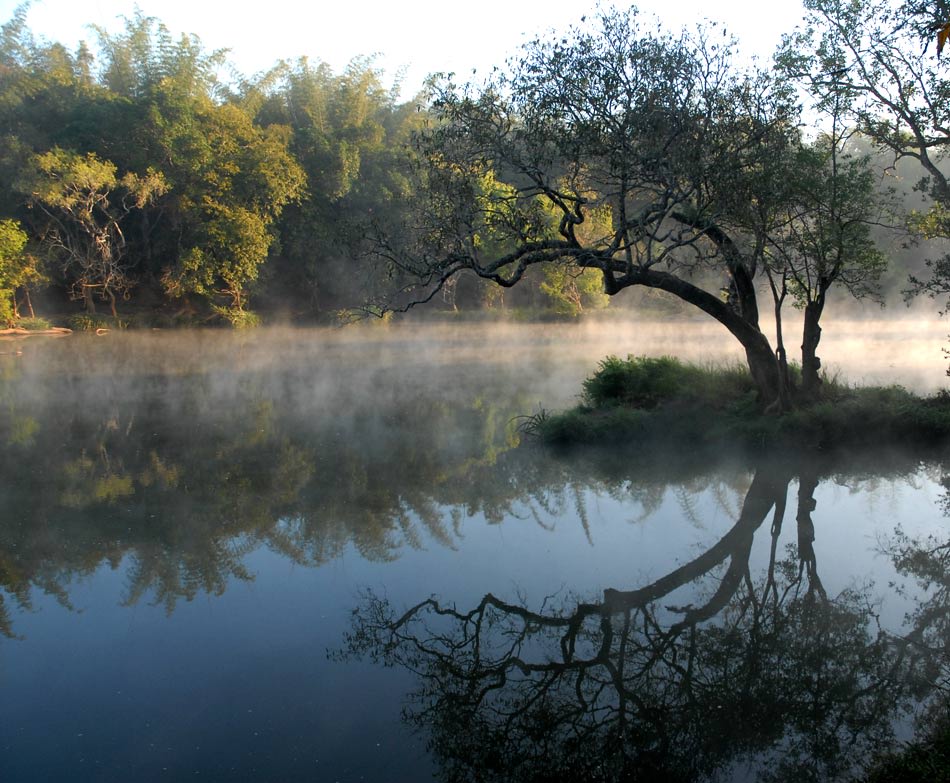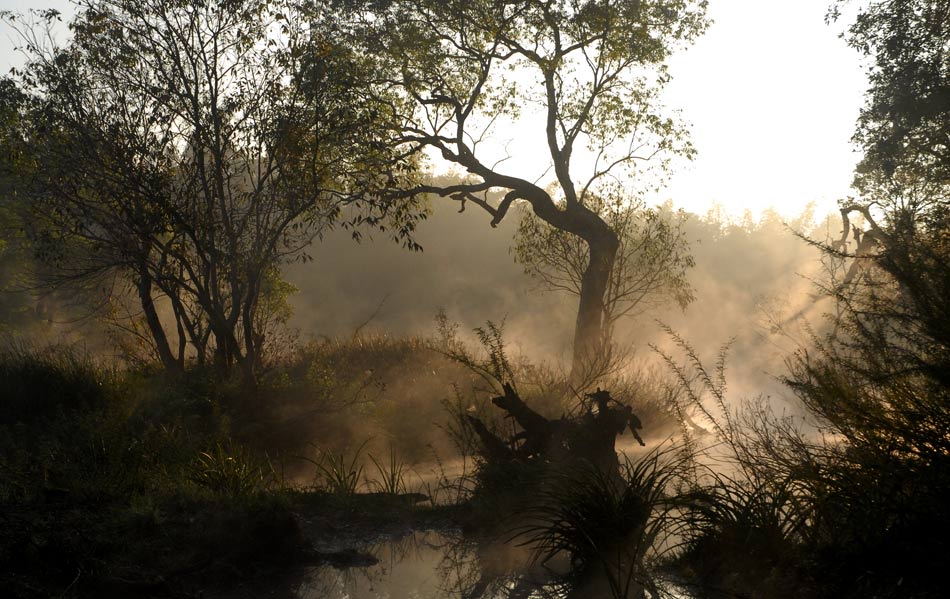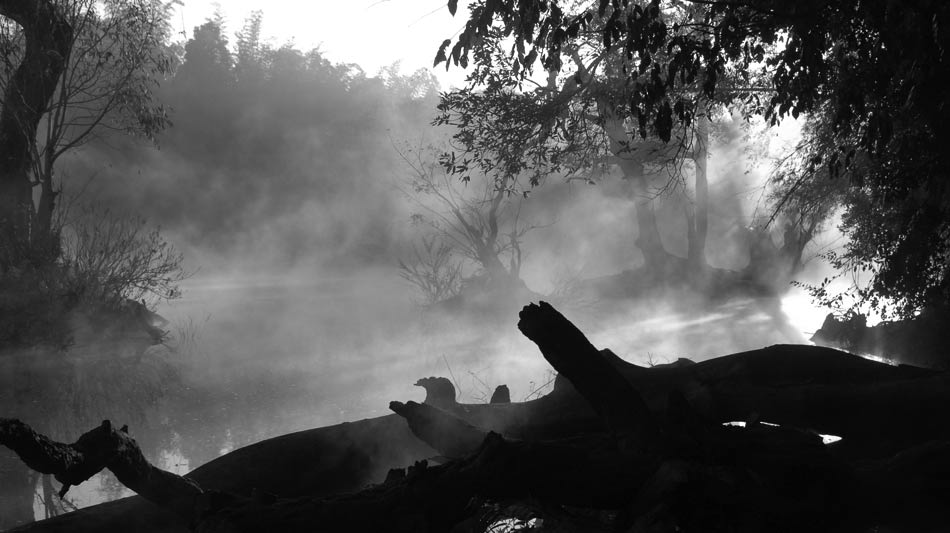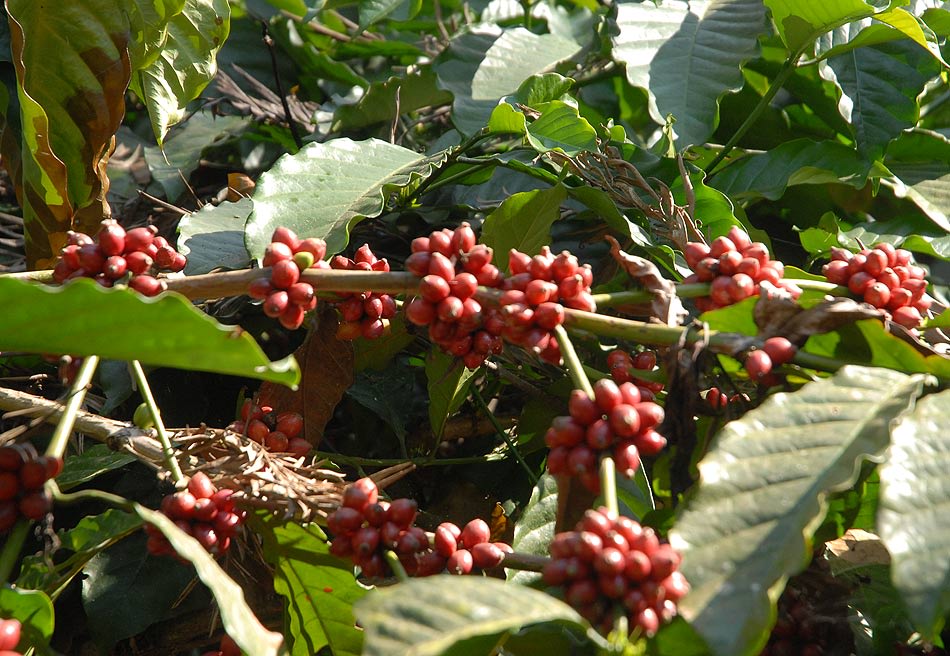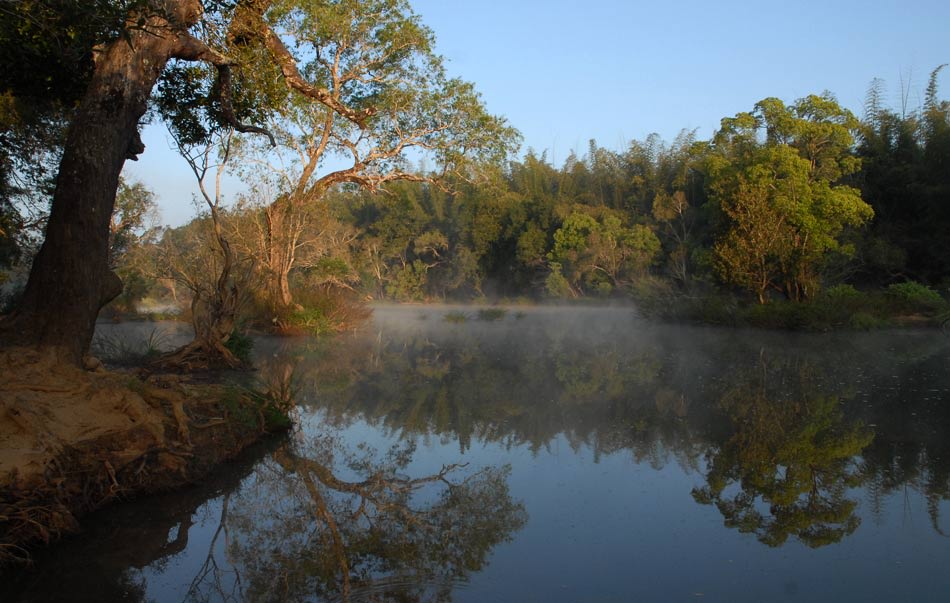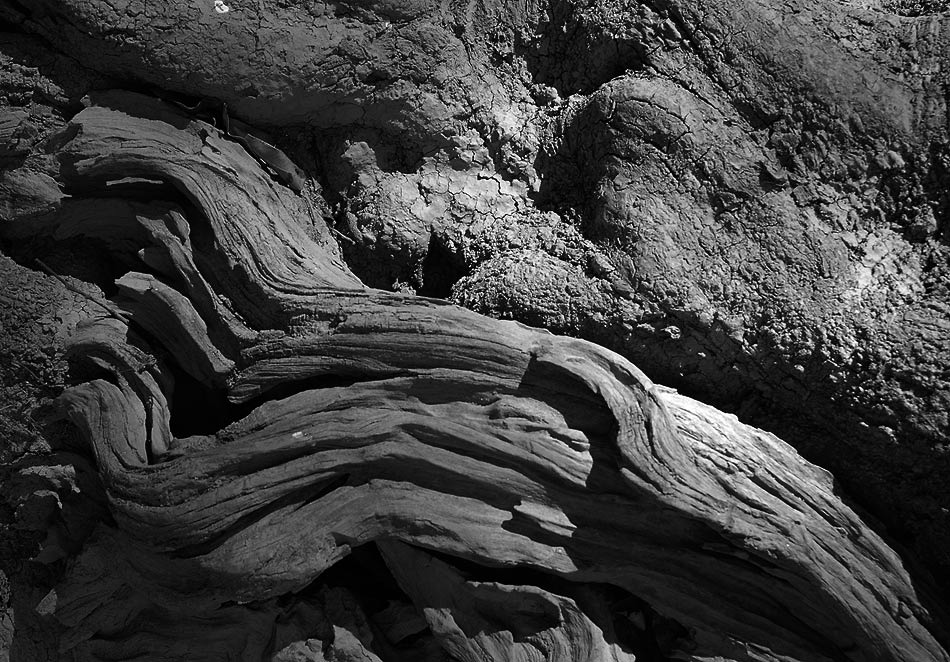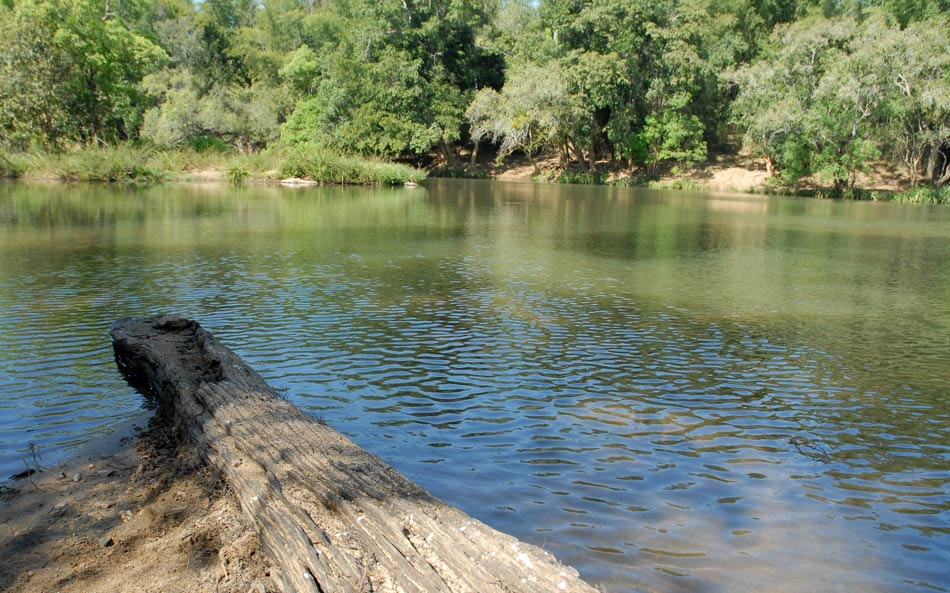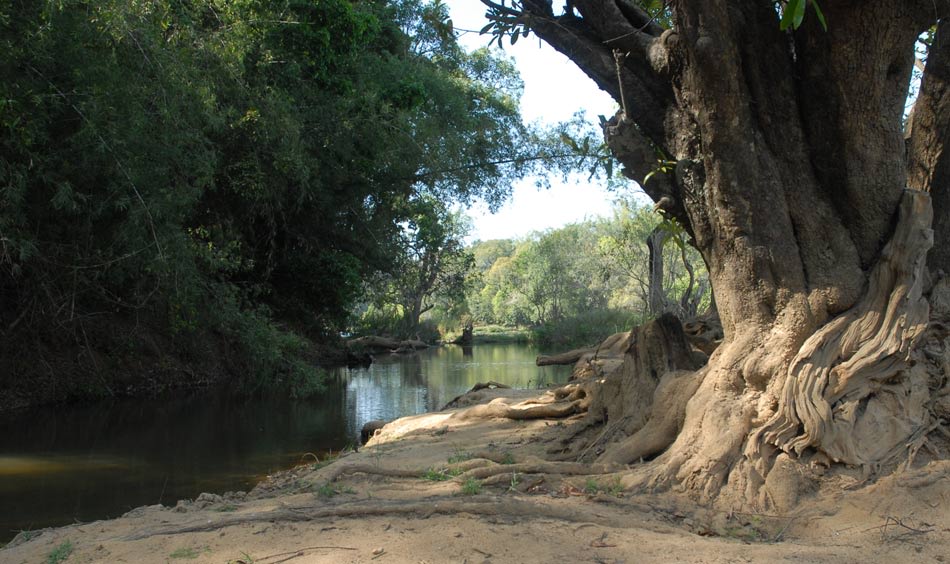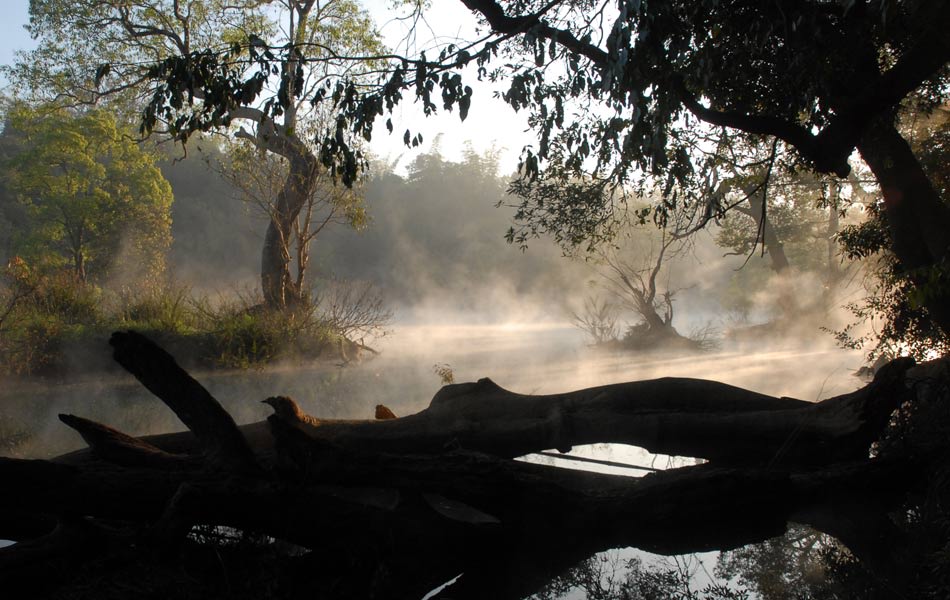Q. When and how did you start running?
A. Running for fun and running for fitness has been a part of my routine since time immemorial. I myself do not remember when exactly I started running. Actually I was jogging, though not regularly, during my school days, college days, working women’s hostel days, all Sundays, holidays and many other days also .Eventually the jogging style changed to running style and I ran my first marathon on 17th Oct 1993 at Miyazaki, Japan in World Veterans Athletic Meet. Whether I am going for a marathon or not, I enjoy early morning jogging and running. While running I connect with my inner self and with nature. It is a strong dose of tranquillizer. Running 2-3 marathons in a year gives a focus and goal for my fitness regime.
 |
| Mala Honnatti |
Q. Describe your training for the grueling high altitude Everest Marathon.
A. To tell you frankly, I did not had sufficient time for any specific training for this marathon. Actually the idea for Everest marathon was germinated in my mind on 31st March which was just 2 months before the race. I was taking a 2 month break from my routine job and at that time one of my mountaineering friend suggested about this marathon. I said why not? As it is, I am a trekker and mountaineer and enjoy being on the mountains and clubbing both of my passions was a good idea. I confirmed my entry for the race on 10th April and started my preparations. The scorching heat during April & May in Delhi gave me little option to do long runs. Most of my runs ( max for 90 min.) were on treadmills with inclines. I did bit of a strength training also. I was told we may take nearly double the time that we take at sea level to complete this marathon. I knew there would be lot of walking breaks on the innumerable steep ascents and that there was no need to bother about the speed when it is difficult to walk in the high altitude. So I focused on strength, stamina, elevation and breathing efficiency rather than speed during that one month training. And I was confident of the altitude because of my experience in mountaineering.
Q. Can you tell us about the challenges of you faced while preparing for this marathon?
A. As the name suggests, the marathon starts at Everest base camp at an altitude of around 17500 ft. and runs down to a place called Namche Bazar at around 12500 ft. So the first challenge was to trek to the base camp and acclimatize to the high altitude by gradually gaining height. It is about 9 days trek with steep climbs in-between.
I reached Kathmandu on 12th May and reached Lukla on the 14th by domestic flight. Flying on the domestic flights in the mountain region is also an experience in itself where you are holding your breath and sitting on the edge of the seat. Though trekking was for 9 days, I had planned for a few extra days for acclimatization and practicing on the same route. I got 4 extra days to run up and down the mountains at higher altitude. Though most of the trekkers avail the services of the porter and guide to carry their luggage to the higher camps, I did it by myself. This is one of the valuable lessons I have learnt in mountaineering - to carry my luggage by myself or carry that much which you can manage by yourself. It is a good fitness exercise also. Luckily I did not face any altitude sickness.
The Base Camp is at the snout of Kumbhu Glassier on rough moraine and scree. You do not even get a flat place to pitch your tent and mine was supported on 3 corners. All the time snow & ice is melting and the landscape is changing. Sub zero temperature, blowing winds, lack of oxygen, loss of appetite, loss of sleep, exertion are some of the challenges one has to face on such altitudes.
Q. Describe your race-day experience
A. The marathon was flagged off on 29th May at 7.00 am in front of Kumbhu Ice Fall. We were 104 participants (64 foreigners and 40 local Sherpas ). We had breakfast at 5.30 am and assembled at the start line at 6.30 am. After the flag off, it took me about 20 min. to come out of the moraine as I was walking on slippery snow and rocky terrain. It was snowing for about 2 hrs. You just cannot predict the weather on the mountain. I was at the midway after exactly 5 hrs. My concern was to finish the marathon in 10 hrs without any fall, injury and sickness. I did finish it but in 10hrs 21min. There were numerous steep ascents and descents, risky, slippery terrain and breathlessness because of the altitude.
I was running only on flat stretches and downhill and i was taking it easy on the uphill. One could sense the whole breathing process and at times you feel that your lungs are exploding. When I saw the tents at the finishing arena from a distance, all the reserved energy was mobilized and I picked up my pace. My two new friends, Deepa and Raj were waiting at the finish line with camera, water and a big congratulatory hug. Finally I did it!
Q. For the benefit of future aspirants, kindly tell us the total cost incurred for the Everest marathon (registration + travel cost + stay & food)
A. The whole package was priced at Rs.60000 INR by the organizers. Air ticket from Delhi +some necessary gear like, trail running shoes, sleeping bag, down jacket, wind proof & water proof suits, warm clothing, snow sticks etc along with registration fee set me back by around Rs.80000. It helped that I already had few of the above mentioned gears with me.
Q. What were thoughts which came to your mind when you crossed the finish line?
A. The whole experience of marathon, any marathon for that matter, is a mixed emotion of anxiety, agony, ecstasy and elation. When I crossed 10hrs and realized that I had some (although very little) more distance to run, I was bit disappointed but reconciled and ran the home stretch with gusto. I was happy that I did not have any problems except the physical exertion.
Q. What exciting and exotic marathons are you planning for future?
A. Again, I would say all marathons are exciting. Yes, I am planning for few exotic marathons in 2011 & 2012.
I am running my next marathon in Sacramento on 17th July in World Masters Meet Since I will be in the in the neighborhood, I will also run San Francisco Marathon on 31st July. Then if I can manage financcially, I will do the South Pole Marathon on 30th Nov and probably one more marathon on the mountains. In the meantime, I would be working on to improve my timing to qualify for Boston in 2013. Marathon Grand Slam is a long cherished dream which I want to realize in the next 2 years.












